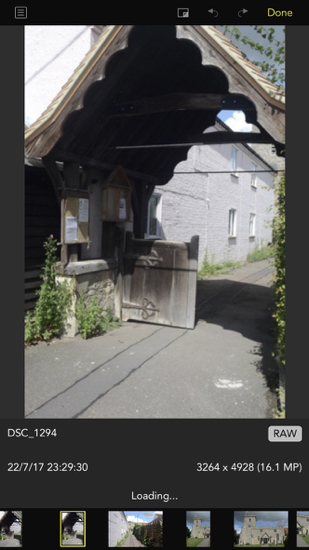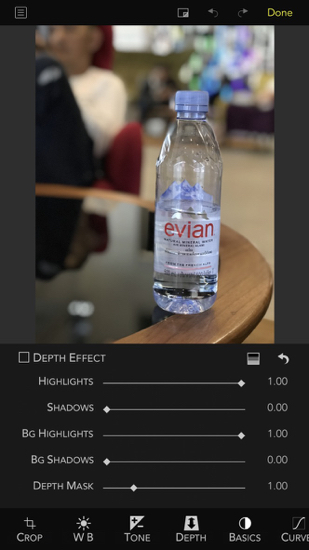|
|
eXtensions - The Wednesday File: Macphun Luminar 2018 for the Desktop and RAW Power for iOS from Gentlemen CodersBy Graham K. Rogers
Perhaps for reasons similar to when it was forced to pull VPN apps from the app store in China, it was reported earlier this week that Apple has also removed Skype from sale there. As this is developed by Microsoft, this would not be a move taken lightly and I expect there was consultation between the two corporations before this happened. One of the most famous photographs in the world is Bliss, which was used for the default Windows desktop in XP. PetaPixel (Michael Zhang) is reporting that the photographer, Charles O'Rear who is now 76 has produced a new series of wallpapers for smartphones: Maroon Bells (Colorado); Peek-A-Boo Slot (Utah); and White Pocket (Arizona). A number of people were excited when an article appeared suggesting that the new iMac Pro might have an always-on A10 chip installed as well as the standard Intel processors (Chance Miller, 9to5 Mac). Always-on Hey Siri is one thing, but what else might Apple be planning?
Although this developer produced some interesting early apps for iOS, their output for Macs has given me considerable flexibility, starting with Tonality. As soon as I tried this, back in 2014, I updated to the Pro version, particularly as this gave me a plugin for Aperture. There are also plugins for Adobe software. This app was later changed to Tonality CK. The app allows users to apply some particularly dramatic monochrome effects to images, and there are some editing tools to make it easy if further adjustments are needed. When Apple added extensions to macOS and these were made available for Photos, Tonality CK was updated. I can now use it as a standalone app or from within Aperture or Photos. Other Macphun apps were also available. I have been using Intensify, similarly as standalone and in Photos with the extension.
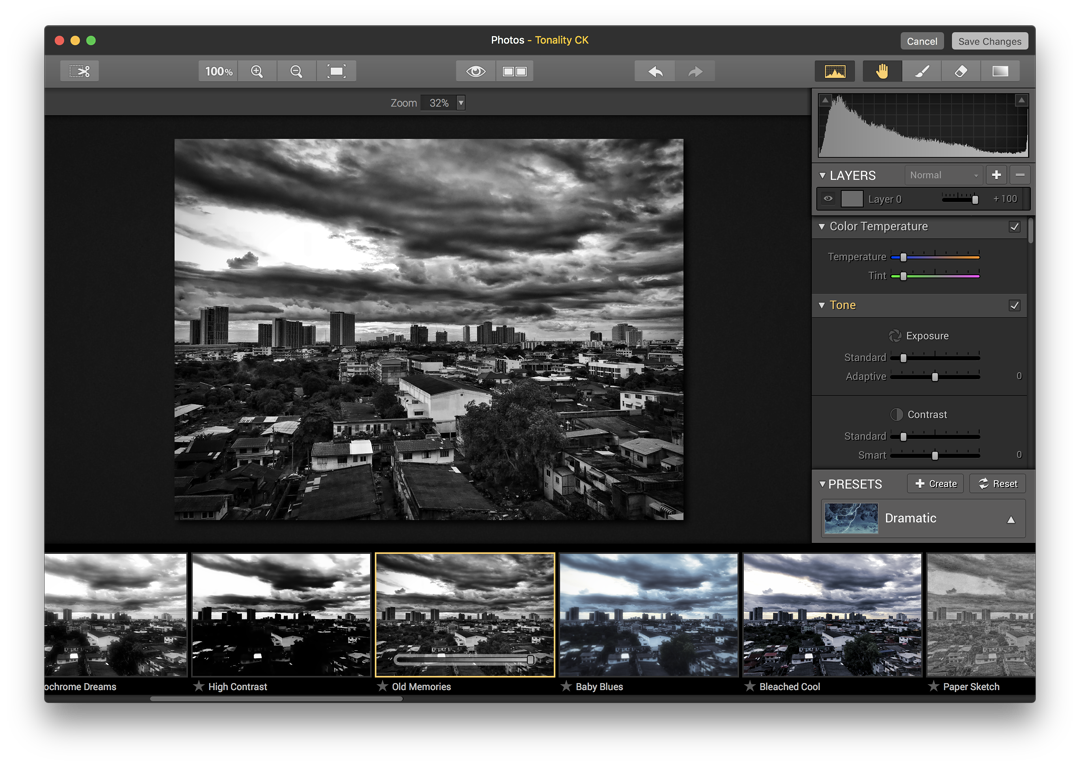
Editing with Tonality CK in Photos
In December 2016 it was updated (1.1.0) and was then called Luminar Pluto. There were a number of improvements, including Batch Processing, a Golden Hour Filter and a Dehaze Filter. There were also several other improvements. The update also made it clear there was more to come. A further update in June this year (Luminar Neptune) added another set of useful tools, with some other improvements, including,
I wrote to Serif (Affinity) and Macphun, who are changing their name to Skylum, about this. Both gave non-commital replies. Affinity Photo was updated shortly after, but this did not change HEIC access using the Photos extension, although another extension I use, Affinity Monochrome does work.
I installed it on the 13" MacBook Pro to start with and noted also that it does make use of the Touch Bar. I installed it on the Mac mini I use at work as well and this was fine (no Touch Bar of course). When I put it on a 15" MacBook Pro I also use, the extension was not available. In online discussions I found that I was not alone here. The fix from Macphun was a little complex and required deleting the app with AppCleaner (which I had to download), restart the Mac and run Luminar 2018 again. It took a couple of attempts, but I finally saw the extension and all was well; but this is not what I expect from a paid application. There are seven categories of filter: Basic, Street, Outdoor, Portrait, Travel, Dramatic and Aerial (new). There were also options for All Presets, which I am dubious about as every available filter is there, displayed at the bottom of the screen, rather than in groups; and for Favorites (the user can select specific filters that may be accessed often).
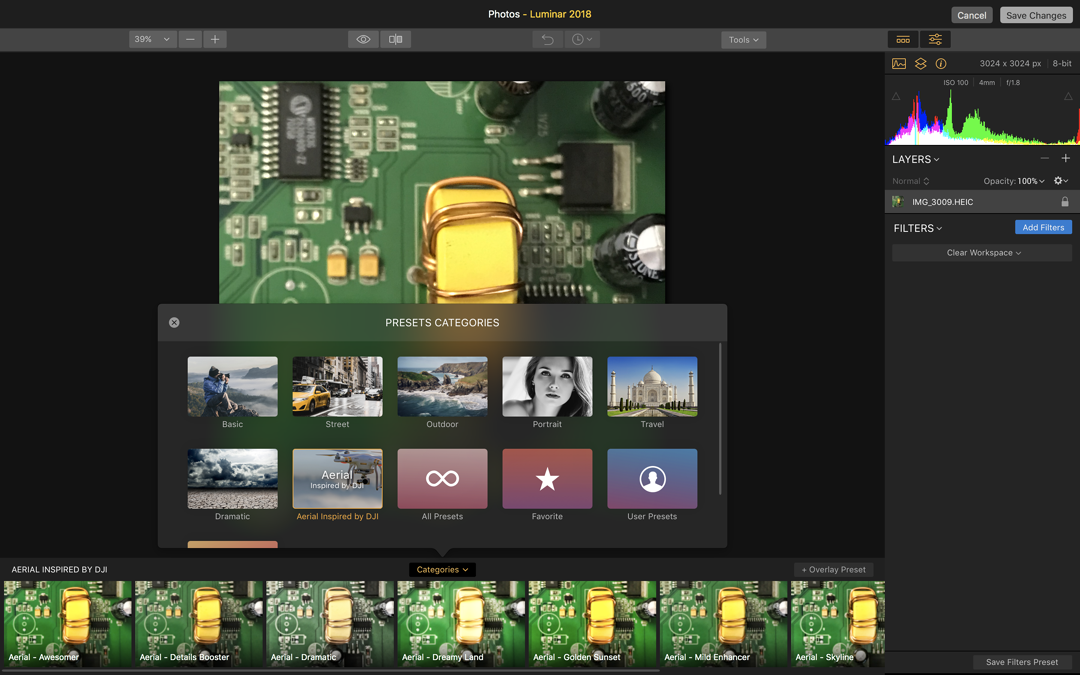
Luminar 2018 in Photos on the Mac
Although I certainly like the output possible from Luminar 2018, if the annual update process continues in the same way, this is merely a yearly subscription: something I avoid if I can with the software I favour, which is why I stick with Graphic Converter and Affinity Photo among others. If Macphun (or Skylum) has another paid update next year, I will have to reconsider if this is truly the value I want from the application: plenty more fish in this sea.
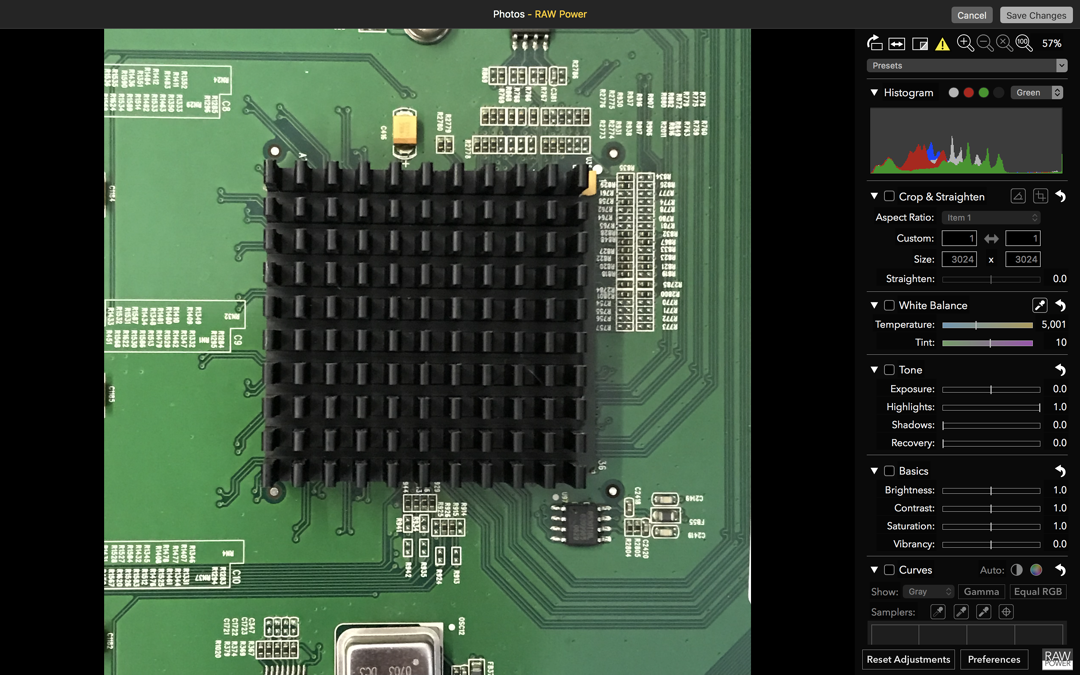
RAW Power in Photos on the Mac
Following the lead of Serif (Affinity Photo) Gentlemen Coders have now brought a version of RAW Power to the iOS platform, although only as a standalone app. Unlike Affinity Photo, this can also be used on the iPhone and is one of the few apps that allows me to edit RAW images. Once a photo is selected (and loaded) a number of tool options are shown at the bottom of the screen when the iOS device is in Portrait mode. When switched to Landscape mode, the tool options are displayed on the left, with the addition of a thumbnail image selector at the bottom of the screen.
RAW Power on iPhone: Portrait mode
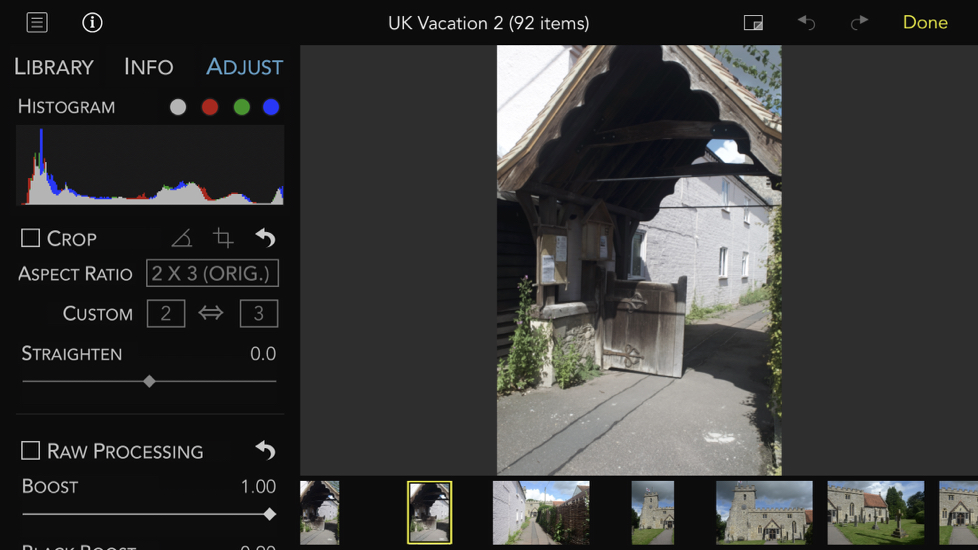
RAW Power on iPhone: Landscape mode
Depth Effect did not appear for all of the images I had taken in Portrait mode, perhaps because I had edited them already. This tool only adjusts certain aspects of an available image (Highlights, Shadows, BG Highlights, BG Shadows, and Depth Mask). It does not adjust the depth itself as is possible in the Focos app I looked at recently. Although I used the iPhone 7 Plus for most of the examination of RAW Power, I found it just as easy to use on the iPad Air I have. The obvious difference is that the larger screen makes viewing the image and controls much easier.
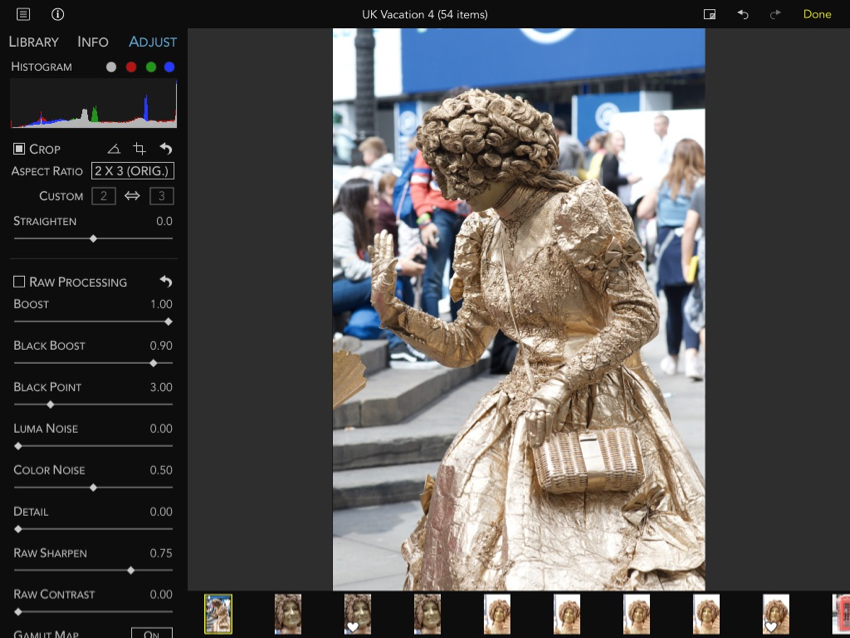
Editing with RAW Power on the iPad
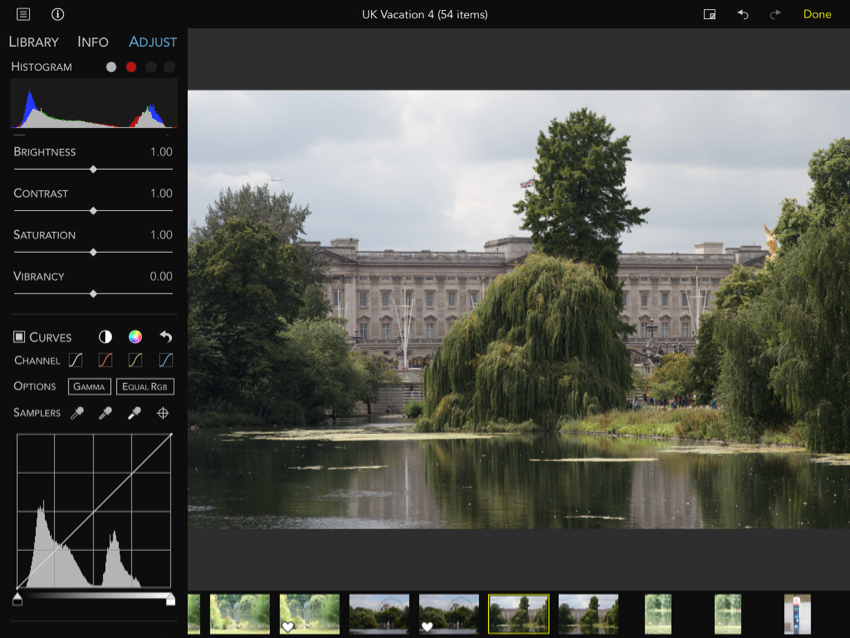
Editing with RAW Power on the iPad
Graham K. Rogers teaches at the Faculty of Engineering, Mahidol University in Thailand. He wrote in the Bangkok Post, Database supplement on IT subjects. For the last seven years of Database he wrote a column on Apple and Macs. After 3 years writing a column in the Life supplement, he is now no longer associated with the Bangkok Post. He can be followed on Twitter (@extensions_th) |
|

 A short while after my email, Macphun announced a new version of Luminar: Luminar 2018, at a price of $69 (pre-order $59). I was able to upgrade for $39. When this arrived it was able to handle HEIF images within Photos, which did please me. I did note that it was lagging slightly in Photos (initiating and saving), but the choice of filter options made up for this. Tonality CK also lags slightly in Photos, but the standalone versions are fine, so the additional processing when working within Photos draws some power.
A short while after my email, Macphun announced a new version of Luminar: Luminar 2018, at a price of $69 (pre-order $59). I was able to upgrade for $39. When this arrived it was able to handle HEIF images within Photos, which did please me. I did note that it was lagging slightly in Photos (initiating and saving), but the choice of filter options made up for this. Tonality CK also lags slightly in Photos, but the standalone versions are fine, so the additional processing when working within Photos draws some power.
